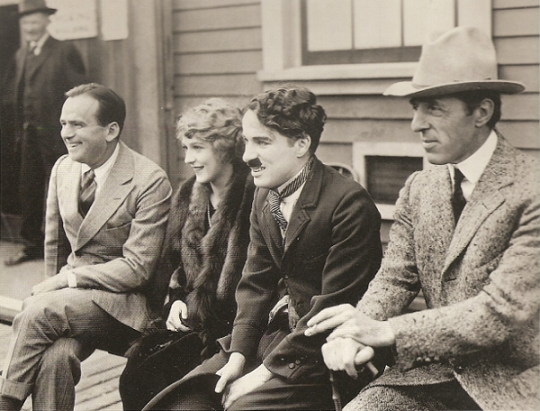By Leni De Castro
How can art still be art if its creative expression has been restricted?  Independent films have always paved the way for the evolution of films and moved the industry forward.  Throughout the history of the medium, indie filmmakers have been spearheading the path towards new systems, fresh ideas and forms of expression.  Big players in the industry started off as renegades of the then existing systems during the 1900’s and onwards, creating the ‘Hollywood’ community. From those renegade groups sprung out new renegades with their own niches. Soon groups embodying these niches surfaced with their own set of standards. This evolution will continue because that’s what humanity is all about: constant growth.
The question now is what makes an independent film independent. Some filmmakers say it’s the freedom to express new ideas or the freedom to simply express from a new perspective about the many situations of life. For some, the measure is the financial budget.  For others, having their work classified as independent is stifling.  To employ this or any ‘labels’ in the first place is to limit the endless possibilities of the artist and the art form.

Filmmaking, more than entertainment, is also an art. Auteurs and their team of filmmakers share certain visions and project these visions through the films. When a film is made outside the system, it is then outside the standards set by the industry. This means it doesn’t follow the same formula of mainstream entertainment. There’s no softening of the blows and rounding off corners to make it acceptable to larger audiences, or to keep it away from controversy for not being in line with generally accepted social norms. In independent films, these very norms are taken into close scrutiny with focus on the seeming flaws and inadaptability to real life. Independent films challenge audience’s minds. They question standards and then present new perspectives or solutions to existing social problems.
Generally, independent films have also tended to be categorized in the context of how much they cost to make; they are mostly produced within limited budgets with a few exceptions. Bottom line, the budget is limited from conceptualization, production up to distribution. Some films don’t even see the light of day because there are no funds for marketing and distribution. And for films with substantial funding, distribution is not always guaranteed as there may be other bottlenecks along the way that further prevent their distribution. Independent films have limited funding for the very reason that these aren’t financially backed up by the large industry players.
Ultimately, we should not be too insistent on pushing the ‘independent’ label onto films, since the mere act of boxing a work in as such can be stifling to creative expression. Art cannot and must not be labelled nor categorised. Most artists don’t label themselves with categories and they must be allowed to express their vision creatively with no fear of being categorised by others. People should rather consider independent films as an evolutionary tool to encourage change within the systems, beliefs and norms that define modern art.



